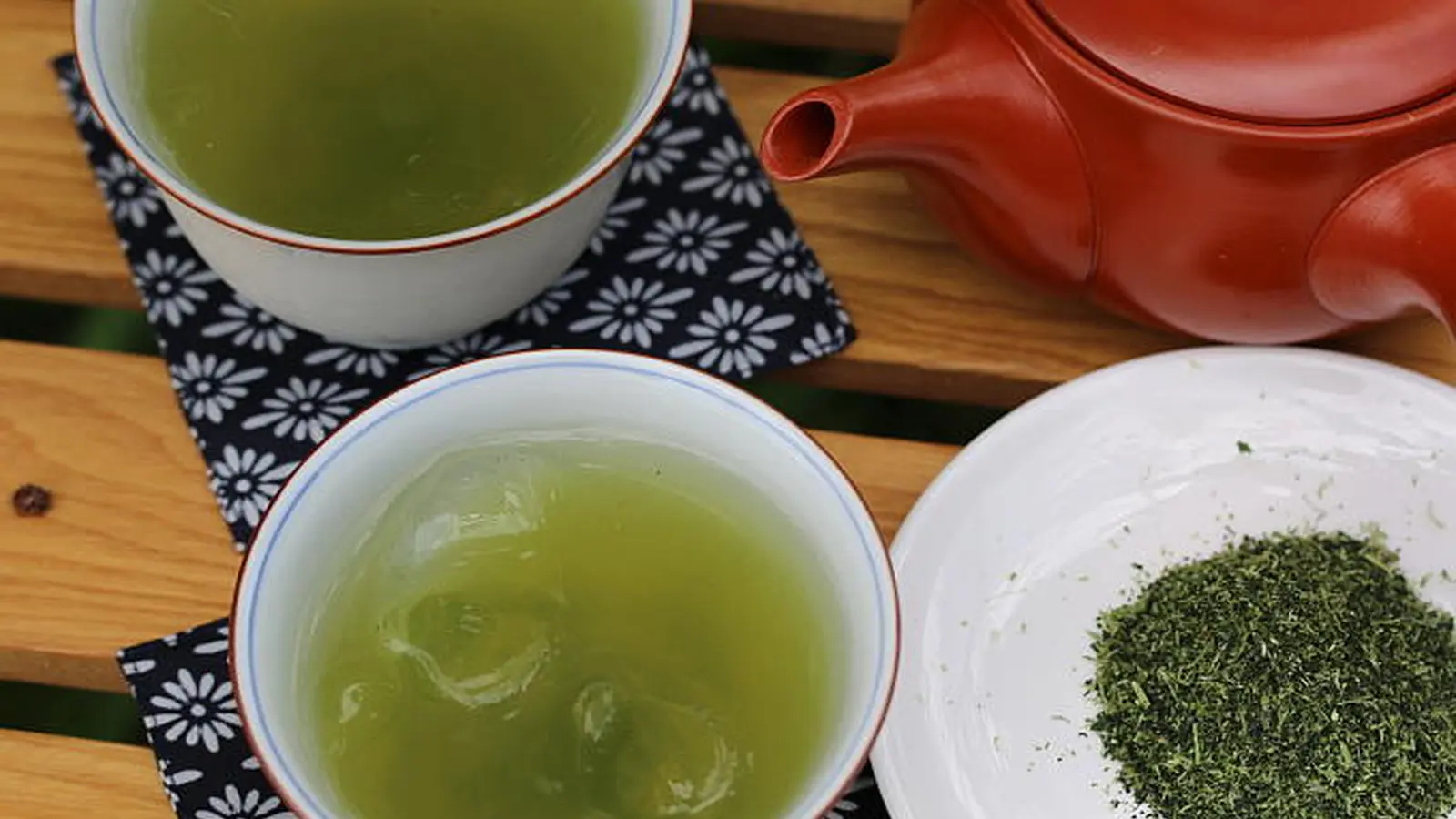8 Minutes
Researchers have devised an edible, plant-based microbead that captures dietary fat in the gastrointestinal tract, producing substantial weight loss in early laboratory tests without obvious side effects. Built from green tea polyphenols, vitamin E, and a seaweed-derived polymer, the beads act in the intestine to sequester partially digested fats and promote their excretion. Investigators at Sichuan University report promising results in a rat model fed a high-fat diet and have launched a human safety trial to evaluate clinical potential.
Scientific background: why targeting gut fat absorption matters
Weight gain and obesity arise from a mix of genetics, behavior, and diet. Diets high in fat increase the caloric density of meals and are strongly associated with obesity and metabolic disease. The U.S. Department of Agriculture classifies a diet as high-fat when 35 percent or more of daily calories come from fat.
Current options to reduce the calories absorbed from dietary fat include prescription drugs and surgery. For example, orlistat is an FDA-approved medication that reduces fat absorption by inhibiting pancreatic lipases, enzymes that break down triglycerides. Orlistat helps many people lose weight but can cause gastrointestinal effects and, in rare cases, liver or kidney injury. Bariatric surgeries such as gastric bypass are effective for severe obesity but are invasive and carry surgical risks.
The new microbead strategy seeks to limit intestinal fat uptake through a noninvasive, dietary approach that could be safer and easier to scale than surgery or some pharmaceuticals.
Design, mechanism, and formulation
The microbeads are assembled from three food-grade components: green tea polyphenols, D-alpha-tocopherol (a form of vitamin E), and alginate, a natural polymer extracted from seaweed. Polyphenols and vitamin E form a hydrophobic core that can form molecular tethers to fat droplets; alginate serves as a protective, pH-responsive shell. When exposed to the acidic conditions of the stomach, the alginate-based coating undergoes physical changes that allow the inner components to interact effectively with emulsified fats in the small intestine.
Mechanistically, the beads promote demulsification and molecular binding of fat droplets. Demulsification refers to the breakdown of emulsified fat globules into structures more amenable to sequestration. Once fats are bound to the polyphenol-vitamin E core, they remain entrapped and are carried through the digestive tract to be eliminated in the feces rather than absorbed into the body.
The beads are nearly flavorless and can be formulated as small spheres similar to tapioca pearls or boba, which suggests straightforward integration into foods and beverages to facilitate consumer acceptance and dosing.

Preclinical experiment details and key findings
To evaluate efficacy and safety, the team performed a 30-day study in rats divided into three groups: animals on a high-fat diet (60 percent of calories from fat) receiving microbeads, animals on the same high-fat diet without beads, and animals fed a normal diet (10 percent fat) without beads. Each group contained eight rats.
Rats on the high-fat diet that received microbeads lost roughly 17 percent of total body weight over the trial period, while rats in the other two groups did not lose weight. The treated animals also showed reduced adipose tissue mass and less evidence of liver injury compared with untreated high-fat controls. Importantly, the microbead group excreted higher amounts of fat in their feces, consistent with reduced intestinal absorption. The investigators reported no observable adverse effects tied to this increased fecal fat in the animals monitored.
The research team also compared the microbeads to orlistat in a separate cohort. Rats that received orlistat displayed gastrointestinal side effects not seen in the microbead-treated animals, while microbead-treated rats maintained similar levels of fecal fat excretion without those symptoms.
Manufacturing, regulation, and early clinical translation
Investigators emphasize that the components are food-grade and already approved for human use in various contexts, a feature that could facilitate scale-up and regulatory review. Sichuan University researchers are collaborating with a biotech firm to develop production methods amenable to larger-scale manufacturing.
An investigator-initiated human trial has begun in partnership with West China Hospital of Sichuan University. The team has enrolled 26 participants and expects preliminary safety and tolerability data within approximately one year. If early human results mirror the animal data, the microbeads could advance to larger efficacy trials.
Safety, limitations, and unanswered questions
While the rat data are encouraging, several key questions must be addressed in human studies. Principal concerns include the effects of chronic fat sequestration on absorption of fat-soluble vitamins and essential fatty acids, the metabolic consequences of altered bile acid and microbiome dynamics, and long-term safety for the liver, kidneys, and gut. The animal study duration was 30 days, so extended monitoring is essential to evaluate sustained weight loss and any delayed adverse outcomes.
Additionally, clinical trials will need to define optimal dosing, timing relative to meals, and suitability in diverse patient populations and comorbid conditions. Consumer acceptance, taste and texture of formulated products, and regulatory classification (dietary supplement, medical food, or drug) will influence market pathways.
Expert Insight
Dr. Maria Alvarez, a fictional clinical researcher specializing in obesity and nutrition, commented: 'This approach leverages well-understood food-grade materials to achieve a pharmacological outcome without systemic drug exposure. The animal results are promising, particularly the lack of gastrointestinal side effects compared with orlistat. However, human physiology differs in bile secretion, microbiome composition, and meal composition, so controlled clinical studies are essential to confirm safety and efficacy.'
Dr. Alvarez added that monitoring for deficiencies of vitamins A, D, E, and K will be a critical part of any human trial protocol and that combination with dietary counseling will likely remain important to maximize benefit.
Future prospects and broader implications
If human trials confirm safety and efficacy, polyphenol-based microbeads could become a new class of oral fat sequestrant for weight management. Potential applications range from adjunctive therapy for obesity to products designed to reduce postprandial lipid spikes in people with hyperlipidemia. The formulation flexibility also opens possibilities for niche uses, such as controlled nutrition in institutional settings.
From a public-health perspective, an accessible, noninvasive option that reduces caloric uptake from fat could complement lifestyle interventions and reduce reliance on invasive procedures when appropriately indicated. However, such tools are not a substitute for balanced diets and physical activity; they should be evaluated within integrated obesity-care strategies.
Conclusion
Sichuan University researchers have developed a plant-based microbead that binds dietary fats in the intestine, producing meaningful weight loss and reduced liver damage in high-fat-fed rats without clear side effects. Built from green tea polyphenols, vitamin E, and alginate, the pH-responsive beads work by demulsifying and locking fat droplets for excretion. Early animal results are encouraging and have prompted a small human safety trial. Critical next steps include confirming safety in people, assessing effects on fat-soluble nutrient absorption, and determining optimal dosing and formulation for broad use. If validated, this technology could offer a scalable, dietary-compatible alternative to some current medical and surgical weight-loss options.
Source: sciencedaily


Leave a Comment